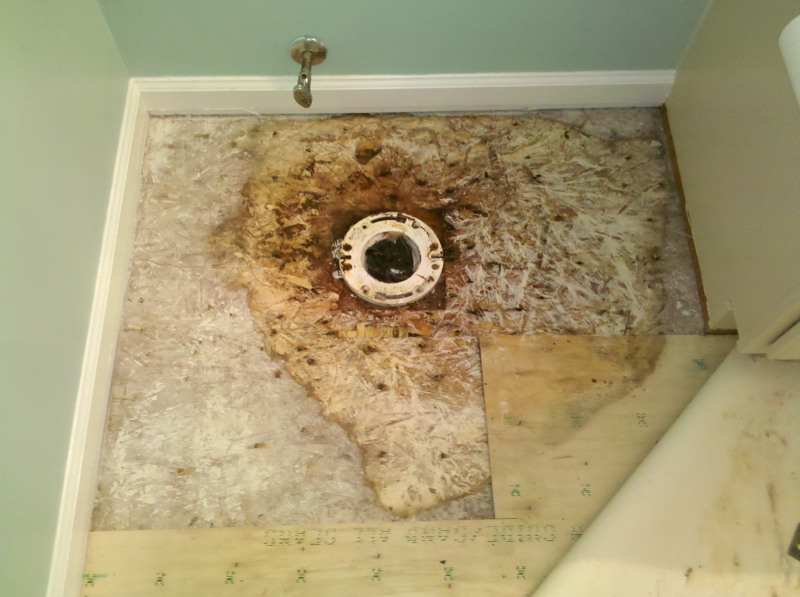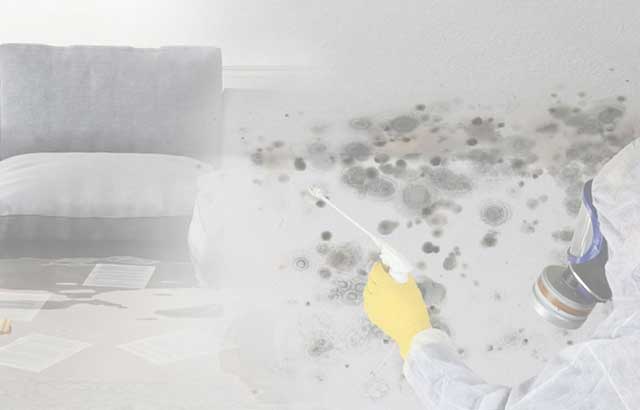We have discovered the article involving Common Causes of Water Damage in a Bathroom down the page on the net and thought it made good sense to write about it with you here.

The shower room is extremely prone for damp buildup as well as potential water damages as a result of the regular use of water in it. This short article uses simple inspection methods to aid finding water damage risks.
The frequent use water in the shower room makes it very vulnerable for wet build-up and also possible water damage. By checking it consistently, you can reduce water related damages.
The adhering to collection of examinations is very easy to do as well as ought to be done once in every 3 months in order to maintain your restroom in good shape and also to prevent possible water problems triggered by the bathtub, the shower, pipeline joints as well as plumbing, sinks, closets, and also the bathroom
Do not disregard doing these examinations and also be detailed while executing them. Remember that these basic examinations can save you a great deal of cash by giving early indicators for water damages
Bathtub and Shower
The shower and bath tub need special attention and upkeep. Examine the floor tiles and also change if broken. See to it that there is no missing grout in between the floor tiles. Evaluate and replace cracked caulking at joints where the walls meet the flooring or the bath tub. Clogged drains pipes and pipes troubles will certainly prevent the bath tub from drying and might show significant issues under the bathtub. Seek advice from a specialist immediately to stop structural damage. Pay attention to stainings or soft areas around the bath tub wall surfaces as they may show an interior leakage.
Plumbing
Signs for water damages are difficult to detect given that a lot of pipelines are set up inside the wall surfaces.
Pay unique focus to floor covering and wall surfaces moisture as well as stains as they may indicate an invisible plumbing problem. Inspect moisture degrees in adjoining spaces too.
Sinks and Cabinets
Sinks and also cabinets are revealed to moisture and also humidity day-to-day and also are usually overlooked. Inspect routinely under the sink as well as on the counter top above it. Fix any type of drip in the trap as it might suggest drainpipe issues. Browse the sink, sluggish draining pipes might indicate an obstructed drain. Replace sink seals if they are split or loose.
The Bathroom
The bathroom is a vulnerable water joint. Examine the water lines as well as search for leakages around the toilet seat, in the pipe, and under the water container. If you detect any signs of dampness on the flooring around the commode, check for leakages in the toilet edge and also tank seals.
Know that hanging bathroom bowl deodorants enhances the opportunities for clogs.
Water Damage Signs In The Bathroom To Avoid Cleanup
Musty smell
This is one of the easiest signs to catch because musty smells are so odorous. The damp, earthy, moldy smell should be a big red flag. The smell will develop when moisture gets trapped in surfaces, and begins to facilitate mold growth. Leaking pipes under cabinets, inside walls, and behind shower fixtures will cause moisture to stay trapped and not dry, which will lead to mold growth and spread. As soon as you notice any musty smells in your bathroom, have it checked for hidden water damage and cleanup signs.
Visible mold
If the smell isn’t there to give it away, sometimes you will actually see mold growth. Finding mold in your bathroom is a serious problem, because mold is very harmful to your health. By the time mold growth is visible, it also means that water damage has already occurred and been present for some time. The only way the mold problem can be resolved is to find the source of the moisture and get it stopped. To safely and adequately remove mold, you need to have professionals handle the remediation. Do not waste any time in getting mold problems addressed, fixed, and sanitized so that you can protect you and your family from the many respiratory symptoms caused by mold exposure.
Damaged floors
Bathroom floors should be able to withstand some exposure to water while still remaining in good condition. However, when excess exposure or water leaks occur, they will begin to damage even the most water-resistant flooring. If you notice any cracking, bubbling, staining, or warping on your bathroom floors, there is probably a water leak somewhere causing the distortion. If you notice areas of the floor have become softer, or even have a spongy feeling, there is probably damage to the subfloor. Subflooring is typically made up of plywood. When plywood is exposed to water or moisture, it will absorb it. Once it has become saturated, the weight of the excess water will cause the wood to swell and soften. Check the floors in your bathroom frequently to catch any of these sings before they lead to damaged subflooring.
Changes on walls
When water leaks behind walls, it will cause changes in the drywall. Peeling plaster, blistering paint, and soggy wallpaper are all good indicators that excess water is building up behind the wall. Water leaking behind drywall will cause it to swell and be soft to the tough. If you start to notice gaps along the trim of your walls, or where tile meets the wall, it could also be a strong indicator that there is a leak behind the wall. Any changes, distortion, or damage on the walls should be evaluated as soon as you notice it to prevent further water damage and cleanup.

I was guided to that article on How to Repair and Prevent Bathroom Water Damage through an associate on a different website. Feel free to take the time to distribute this post if you enjoyed it. Thanks a lot for your time. Visit us again soon.
Quote